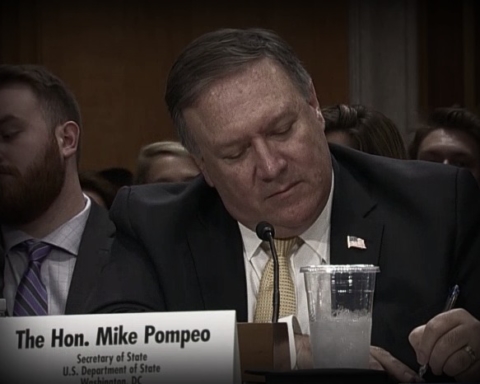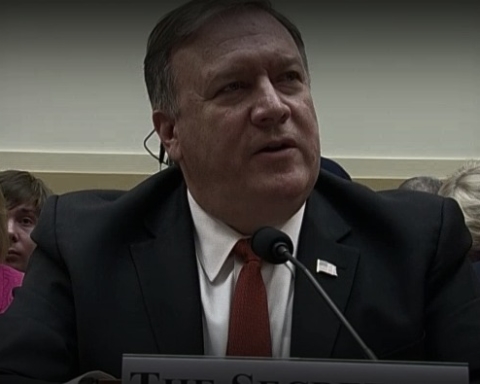Federal food safety inspectors, in recent years, discovered a facility with a leaky roof and the presence of a life-threatening bacteria.
But Food and Drug Administration officials merely issued a warning to the firm’s owners, only to repeatedly discover the same problems over the next 24 months.
“Three subsequent inspections documented that the facility did not correct the violations, and FDA continued to find unsanitary conditions and the presence of Listeria monocytogenes,” a federal watchdog report stated this week.
The findings were among discoveries in a Department of Health and Human Services inspector general probe of FDA practices between 2011 and 2015. The paper found that the agency relied heavily on voluntary compliance, and it doesn’t always respond to problems in a timely-manner, by its own standards.
“This facility was not unique,” the inspector general said, of the infected business with the leaky roof.
One in five of the 766 facilities receiving followup visits failed inspection again, the report found. Three in four had “violations identical to those in the previous inspection.”
The businesses were among the 73 percent of those that failed inspections only to be met with so-called “advisory actions.”
“These actions communicate to the facility that FDA is aware of their violations and requests that the facility voluntarily correct them,” the inspector general noted.
The report also found that 22 percent of significant infringements are met with no agency action whatsoever.
When the FDA does take any kind of action, it doesn’t respond in a timely manner, Wednesday’s report discovered. Almost half of all letters informing firms of health violations were sent four months after the initial inspection—the FDA’s self-imposed deadline for sending out such notices. One-in-five letters were sent more than a half-year after inspection.
“When warning letters are delayed, the facility may continue to manufacture food under potentially unsafe or unsanitary conditions—food that could then reach store shelves and restaurants,” the audit noted.
The HHS inspector general additionally found that FDA agents didn’t bother conducting follow-up inspections after 17 percent of “significant inspection violations.” Another 31 percent of such infractions received follow-ups, but only one year after the first visit.
“’For 5 percent, FDA took multiple years to conduct a followup inspection,” the report noted.
The report included four broad recommendations, calling on the FDA to “take appropriate action” after violations—and to “improve the timeliness of its actions” with requisite followup inspections. The agency agreed with all of the inspector general’s suggestions.
Foodborne illness kill 3,000 people in the US every year and put 128,000 people in the hospital, the report noted. Overall, foodborne diseases impact 48 million people in the United States every year.
The FDA is responsible for overseeing the soundness of the majority of the national food supply. The Department of Agriculture is the agency tasked with overseeing meat, poultry, and many egg-based products.
In February, the Government Accountability Office called on the White House to develop a clear national food safety strategy, with the issue overseen by 16 agencies, impacting more than 3,000 non-federal government bodies.
“Although the US food supply is generally considered safe, foodborne illness remains a costly, common public health problem,” the report stated.







